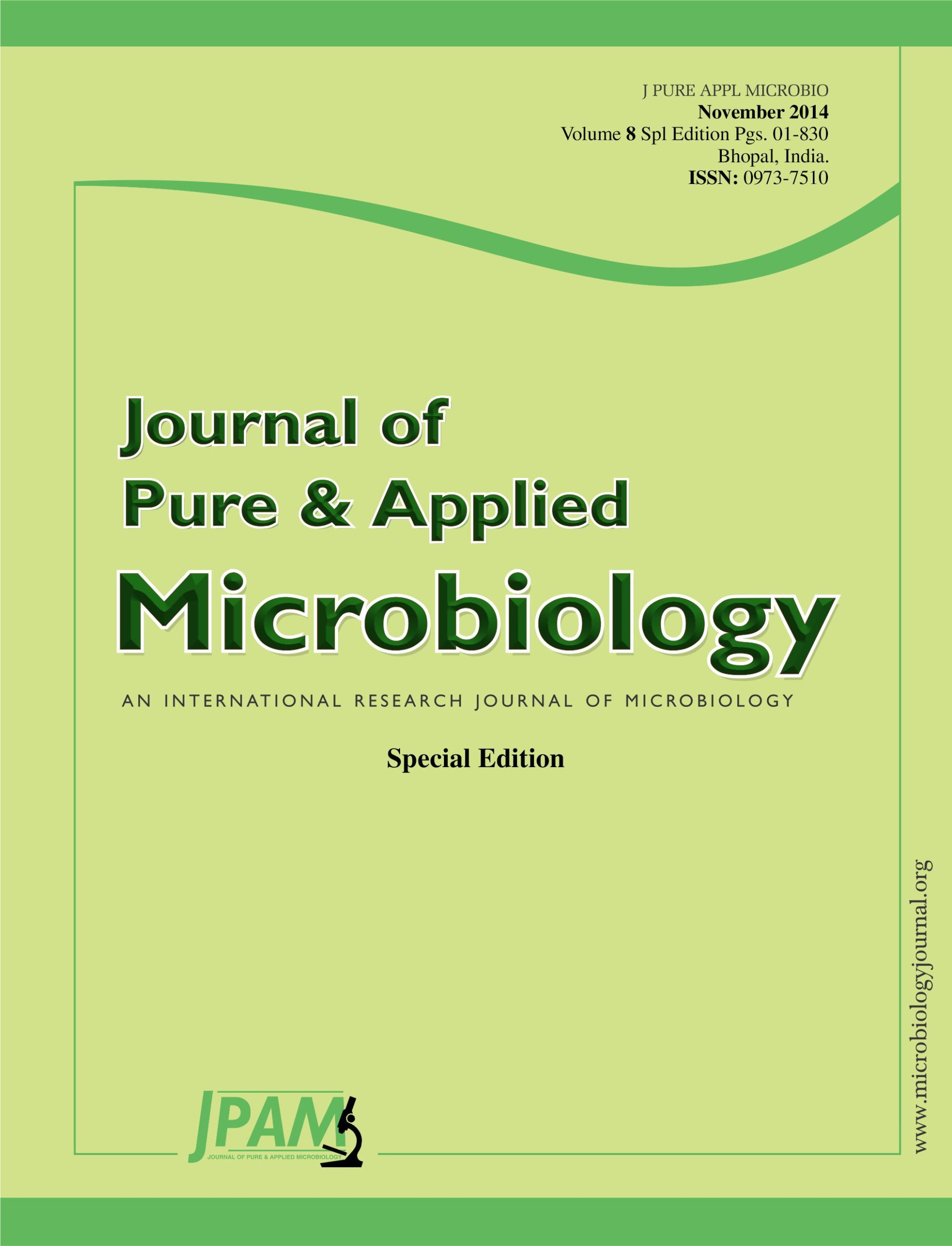Hibiscus tiliaceus L. is the last tree species that has been spread in Riyadh City lately because of its ability of tolerate the harsh environmental conditions and due to the beauty of its large yellow flowers. In the present study, four months old seedlings of Hibiscus tiliaceus were subjected to water stress (through withholding irrigation) and salinity (by increasing salt concentration in the irrigation water). Four treatments were applied to the plants growing in the pots included two levels of watering; every other day (well-watered treatment) and every 5 days (water stress treatment), and two levels of salinity (sodium chloride dissolved in the irrigation water); mainly tap water (0.97 dsm-1)(low salt concentration treatment) and 16 dsm-1 (high salt concentration treatment). The results showed that water stress decreased stem height and diameter, number of branches, total leaf area and specific leaf area. While increasing salt concentration caused decreases in stem height and diameter, number of leaves, total leaf area, leaf dry weight and specific leaf area. Both water stress and high salt concentration treatment resulted in a marked decrease in relative leaf water content and a significant increase in proline content in the leaves of Hibiscus tiliaceus seedlings. These results indicate that this species is tolerant to water and salinity stresses and suits the environmental conditions of Saudi Arabia.
Hibiscus tiliaceus L., water stress, salinity, growth, proline
© The Author(s) 2014. Open Access. This article is distributed under the terms of the Creative Commons Attribution 4.0 International License which permits unrestricted use, sharing, distribution, and reproduction in any medium, provided you give appropriate credit to the original author(s) and the source, provide a link to the Creative Commons license, and indicate if changes were made.


